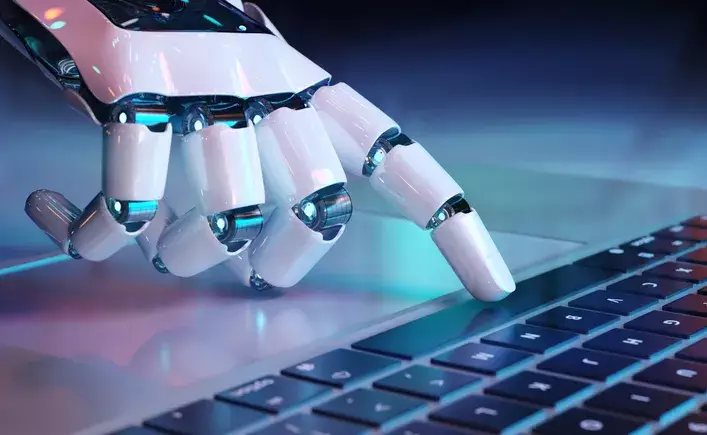In the ever-evolving landscape of technology and creativity, one of the most contentious debates revolves around the ownership of works produced by artificial intelligence. Individuals using AI to generate art or poetry are often entranced by the idea of creating unique masterpieces effortlessly. However, a recent court ruling has torn the veil from this enchanting facade, shedding light on a disheartening reality: artists leveraging AI tools do not hold copyright over their creations. This ruling, derived from the legal struggles of AI poetry author Stephen Thaler, marks a significant moment in the intersection of art, law, and technology.
Thaler’s attempt to assert ownership over his AI-generated poetry was met with resistance from the court, which firmly upheld existing copyright laws. The crux of the ruling rests on the fundamental premise that true authorship—and by extension, copyright—can only be attributed to human beings. Judge Patricia Millett clarified this perspective when she stated that copyright laws are fundamentally designed with human authorship in mind. This positions AI tools as mere instruments rather than creative entities themselves. As machines lack the essence of life and consciousness, they cannot be recognized as rightful authors, leaving creatives grappling with the implications of this ruling.
The Limitations of AI in Creative Endeavors
This judgment raises profound questions about the role of generative AI in artistic expression. The judgment from the U.S. Copyright Office drives home the distinction: while AI can generate results based on human input, the human touch must persist to legitimize any claims to ownership. Essentially, if someone is merely tweaking outputs generated through AI, they face an uphill battle to assert any form of legal ownership over the final work. Those motivated to harness AI tools for artistic innovation might find the weight of copyright law daunting, further complicating their potential endeavors.
The current assessment posits a clear differentiation between human and machine-generated contributions, suggesting that significant human interplay is needed to assert copyright. Such a stance delineates a compelling limitation on both established artists and aspiring creators alike, introducing uncertainty about the value of AI in effectively producing original work. If an artist cannot claim ownership over their AI-assisted designs, are they reducing the essence of their artistry? In this dichotomy, it becomes evident that the rise of AI art has not only transformed creative processes but also challenged the very definition of authorship and ownership.
The Future of Copyright Law in the Age of Technology
As AI becomes increasingly intertwined with creative expressions across multiple platforms—whether in visual arts, literature, or music—the pressing question looms: Will copyright law evolve to accommodate the complexities introduced by AI? The current trend suggests a stagnation in legal revisions, largely attributable to the challenges of retrofitting existing regulations to wholly unprecedented modes of creation, especially when lucrative industries, like Hollywood, remain hesitant to engage with such transformation.
Despite the courts’ reluctance to adapt, workforce dynamics within creative industries are shifting. With studios and corporations beginning to rely on AI creativity, there may emerge a catalyst for introspection within the legal framework governing intellectual property. The weight of business interests could ultimately move the needle toward a more nuanced understanding of authorship as it pertains to AI-generated works. However, until that transformation materializes, artists will find themselves navigating uncertain waters, acutely aware that the creations birthed from AI may easily slip from their clutches.
The Broader Implications for Creative Communities
For many in artistic communities, the ruling symbolizes a broader existential crisis. Artists are motivated by more than just economic gain; the essence of artistic expression is deeply intertwined with identity and legacy. The idea that their work can be reused freely, devoid of credit or compensation, challenges the core significance of what it means to create. As passion for art intertwines with commercial aspirations in a rapidly digitizing universe, creative souls may find solace in collaboration, developing frameworks that prioritize not only innovation but also the inseparable bond of connection between human emotion and artistic labor.
Navigating this precarious terrain means acknowledging AI’s potential as a collaborator rather than a competitor. As the copyright landscape remains unmapped in terms of AI integration, understanding the limitations is crucial for artists embracing this technology. It is only through conversations, advocacy, and reflection that those engaged in the arts can begin to carve out a sustainable, fair relationship with the creative power of AI.

